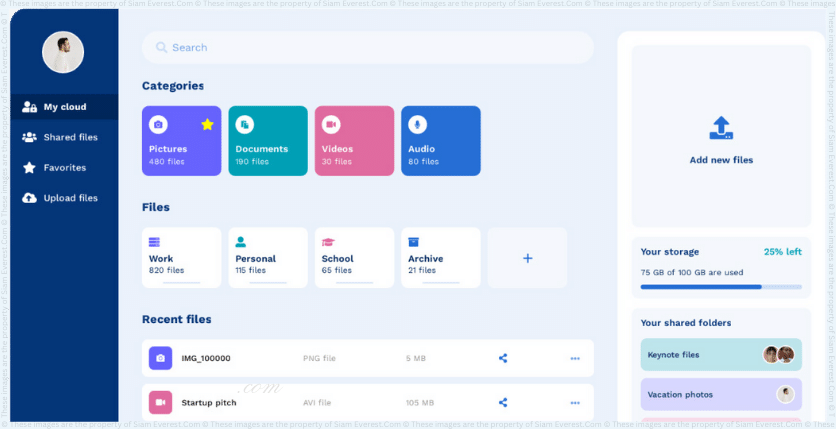
Vel consequatur labore architecto quos. Dolores sit ab nostrum quibusdam voluptatem.
About the project: You can use this project to guide yourself through the steps of creating a resume-builder using ReactJS and NodeJS. Executing the project will allow you to support highly skilled individuals with the same and enjoy the delight of independently auto-generating it.
How to do it: Have you ever considered creating a beginner-friendly React project to help you advance your skills? Have you ever considered automating the process of creating a resume by using one of our fantastic templates? If that’s the case, here is your chance to seize the initiative and begin working on this exciting project.
In today's digital landscape, the security of web applications is of paramount importance. One of the crucial aspects of securing a web app is implementing a robust authentication system. In this article, we will delve into the world of authentication in Node.js and explore various techniques to build a secure backend-intensive authentication system from scratch.
The project at hand involves using Node.js to develop an authentication system. Through this project, you will not only gain a deeper understanding of Node.js but also become familiar with various authentication techniques. By implementing and assessing these techniques, you will be able to identify their drawbacks and uncover methods to enhance their security.
This project is ideal for individuals who are eager to learn Node.js and delve into the realm of authentication. By following the steps outlined below, you can develop a backend-intensive authentication app:
Step 1 - Setting up Node.js: Begin by installing Node.js on your system and setting up a new Node.js project.
Step 2 - Creating User Registration: Build a user registration system that allows individuals to create user accounts for your web app. Ensure that sensitive information such as passwords are securely stored using encryption techniques.
Step 3 - User Authentication: Implement user authentication using techniques like username-password authentication or email verification. This step involves validating user credentials and granting access to authenticated users.
Step 4 - Session Management: Manage user sessions by implementing session management techniques such as JSON Web Tokens (JWT) or session cookies. This ensures that users stay logged in during their browsing sessions.
Step 5 - Password Reset: Develop a password reset functionality that allows users to reset their passwords in case they forget them. This can be achieved through techniques like password reset tokens sent via email.
Step 6 - Two-Factor Authentication: Enhance the security of your authentication system by implementing two-factor authentication (2FA). This adds an extra layer of protection by requiring users to provide an additional authentication factor, such as a one-time password (OTP) sent to their mobile devices.
Step 7 - OAuth Authentication: Enable OAuth authentication by integrating popular social media platforms like Facebook, Google, or Twitter. This allows users to sign in using their existing social media accounts, simplifying the authentication process.
By following these steps, you will be able to build a robust and secure backend-intensive authentication system using Node.js.
To further enhance your authentication system, here are some expert insights and best practices:
Secure Password Storage: Use secure password hashing algorithms such as bcrypt or Argon2 to safeguard user passwords. Never store passwords in plain text.
Implement Rate Limiting: Mitigate the risk of brute-force attacks by implementing rate limiting, which restricts the number of login attempts within a certain timeframe.
Protect Against Cross-Site Request Forgery (CSRF): Utilize CSRF tokens to protect against attacks that exploit the trust between a user's browser and a website.
Regularly Update Dependencies: Stay up to date with the latest security patches and updates for your Node.js dependencies to minimize vulnerabilities.
Implement User Lockouts: In the case of multiple failed login attempts, temporarily lock user accounts to prevent unauthorized access.
By incorporating these expert insights and best practices, you can ensure the highest level of security for your authentication system.
Authentication is pivotal in securing web applications, and Node.js provides a powerful platform to build a backend-intensive authentication system. By following the steps outlined in this article and incorporating best practices, you can develop a robust and secure authentication system that protects user data and enhances user trust.
So, why wait? Start your journey into Node.js authentication today and build a web app that users can rely on for their security needs.
Your email address will not be published. Required fields are marked *





